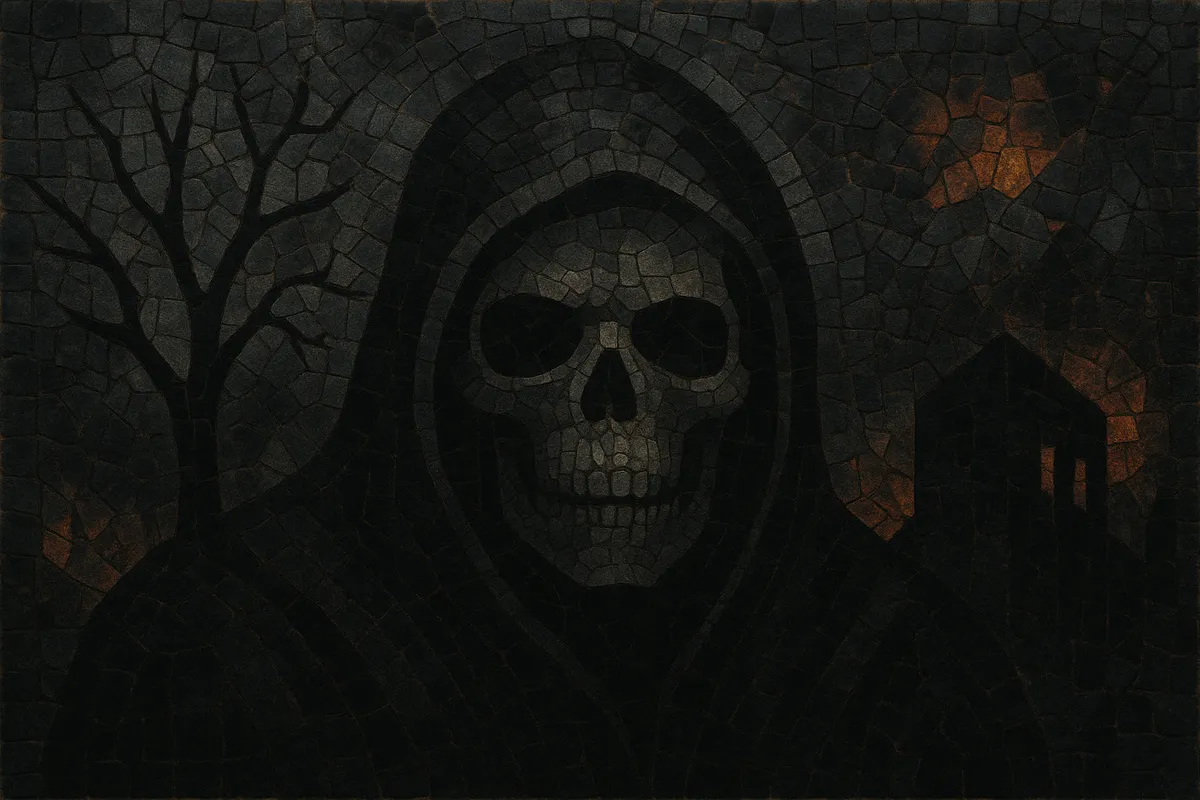Darkside is a sinister, paranoid strain of early-1990s UK breakbeat hardcore that pushed rave music toward the darker aesthetics that would soon become jungle and drum & bass.
It is characterized by chopped and layered breakbeats, heavy sub‑bass and Reese basslines, hoover/mentasm stabs, eerie pads, and frequent use of horror-film samples, screams, and dystopian atmospheres. Tempos typically sat around 145–165 BPM, with a strong emphasis on tension-and-release: long, menacing breakdowns followed by explosive drops.
Where hands-in-the-air rave leaned euphoric, darkside embraced dread—minor keys, dissonant intervals, and gritty sampling techniques—to reframe the rave as something nocturnal, claustrophobic, and intense.
The darkside sound emerged within the UK breakbeat hardcore scene as DJs and producers sought an alternative to the euphoric pianos and diva vocals that dominated early rave. Drawing on techno’s machine precision, hip hop’s break-splicing, and dub’s bass culture, producers began emphasizing Reese basslines, hoover stabs, and horror samples. Reinforced, Suburban Base, Moving Shadow, and Formation became key hubs for this moodier, more cinematic direction.
By 1992, “darkside” (often used interchangeably with “dark hardcore”) had become a recognized subset of rave. Tunes pivoted around chopped Amen/Think/Apache breaks, ominous pads, and suspenseful breakdowns. The aesthetic moved crowds toward a head‑down, bass‑heavy intensity, foreshadowing the rhythmic ruggedness and low‑end focus of jungle. Many seminal producers of later drum & bass first refined their sound in this darkside period.
As tempos crept up and breakbeats became more complex, darkside’s palette fed directly into jungle: heavier sub‑bass, more intricate break edits, and occasionally ragga vocal elements. When drum & bass crystallized, its darker variants—techstep and later neurofunk—retained darkside’s obsession with foreboding atmospheres, Reese bass design, and precision breakwork.
Darkside stands as a crucial bridge between rave euphoria and the futurist minimalism and aggression of jungle/drum & bass. Its sound design (Reese/mentasm), cinematic tension, and DJ‑focused structures remain foundational techniques in contemporary bass music.


